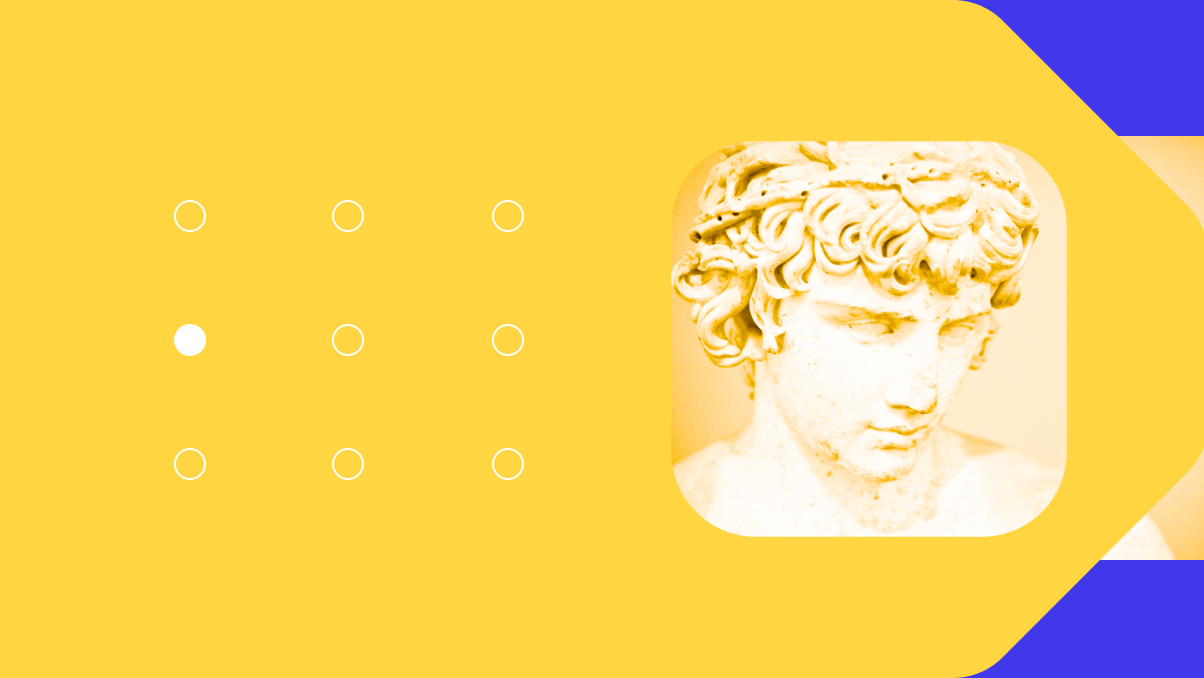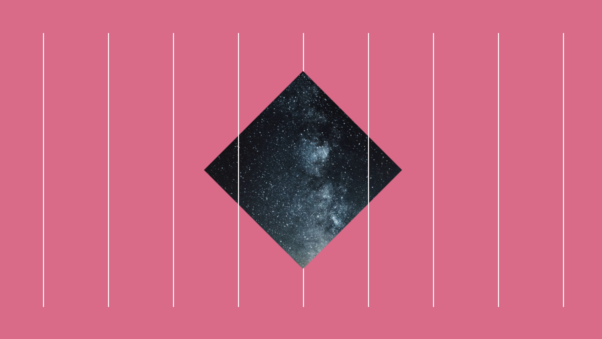Should Your Brand Have a Tagline?

Welcome to our definitive guide to taglines. What they are, what they aren’t, some of our favorites and why.
You’ve created a name for your company, mapped out the positioning and strategy, done all the lifting required to visualize your brand’s identity. Now there’s one more thing you may want to consider before beginning your marketing journey: a tagline.
You may think your company doesn’t need a little slogan. Or, God forbid, a jingle! (We’ll get there). But poke fun at your own expense. Every marketer wants their brand to be synonymous with an image, a value, a feeling. A brand name and logo are part of that, but a tagline can often be the missing piece. A good tagline is something consumers immediately remember and associate with your brand and its products or services. It can catch a consumer’s eye on a website or poster, and it can get stuck in their head if they hear it (enough times) in an ad. Never shun an opportunity to create a positive brand association with consumers.
What is a tagline?
A tagline is a short phrase that a company uses to concisely communicate its brand story, image, or message to consumers. Taglines can appear visually in copy, near or as part of a company logo, accompanying other visual marketing and branding efforts. A tagline can also be aural, a phrase repeated by the voice in video or audio advertisements. A compelling tagline presents the essence of a brand.
What isn’t a tagline?
A tagline can be a part of a logo, but they are separate aspects of a company’s branding. Many logos consist mainly of text, but that text almost exclusively spells out the company or brand name.
A tagline and a jingle are similar and can often consist of the same content. However, a jingle is more of a mini song that must be heard, whereas an effective tagline can exist solely as copy that is read by the audience. One example of a jingle that also works as a tagline is for the insurance company Nationwide: “Nationwide is on your side.”
One could even make the argument that the Intel “chimes” at the end of every video advertisement is a form of audio tagline.
Taglines and slogans get confused for each other all the time, and for good reason. Both are short, snappy distillations that grab attention and excite the audience about a brand or product. So what’s the difference? At C42D, it’s our perspective that taglines are more permanent and reinforce your brand strategy or position by conveying a personality, organizational attribute, or product benefit. We see slogans as “signoffs” related to specific ad campaigns. That said, it’s possible a slogan can become a tagline (especially if the CEO loves it)!
What makes a good tagline? (AKA, some of our favorites of all time.)
A good tagline is memorable, creating an immediate and strong brand association. A good tagline becomes a natural part of a company’s branding, working in concert with the other elements of the brand to paint a picture of what the brand stands for and what benefit it gives consumers.
The best taglines are as synonymous with the brand as the logo is. Present almost anyone, anywhere in the world with the visual of the Nike swoosh, and they’re likely to think immediately of Nike’s iconic tagline. “Just Do It” is a captivating tagline for Nike because it says everything about the brand in just three simple words. It conveys action, forward motion and movement, and hard work. These are all tenets of athletics and performance, and “Just Do It” conjures an image for consumers that Nike products can help them achieve their individual goals. It also cleverly puts the onus on the consumer, not on the brand, which acts as a vehicle of empowerment.
Budweiser’s “This Bud’s For You” engenders a welcoming, open, community feel. It’s selfless, making the consumer feel appreciated. It can either be read as the brand giving a Bud to the consumer or one person giving a Bud to another. Read either way, the tagline helps people associate the brand of Budweiser with the greater good. That might sound high and mighty for a company that produces an alcoholic beverage, but Budweiser is one of the most widely-consumed beers in the world. “This Bud’s For You” reinforces the idea of Budweiser as a product for all, a connective product, something that many of us from all different backgrounds share in common.
We won’t say HBO’s golden years were due to its triumphant tagline, but from 1996-2009 the brand used, “It’s not TV. It’s HBO.” This is an excellent tagline because it exudes confidence, immediately showing the consumer that HBO is the place to watch the best TV. This tagline also plays off the idea that HBO was, at the time, solely a premium cable option, giving off an air of exclusivity. All the other people are watching simple TV, but buy a subscription, and you’ll be watching HBO. From The Sopranos to The Wire to Sex and the City, who could blame HBO for its hubris? This tagline summed all of that up and then some.
One thing to note is that taglines, as a reflection of culture, can become outdated and even damaging to your brand as times change. A classic example is cosmetics brand Maybelline and its well-known, former tagline, “Maybe she’s born with it. Maybe it’s Maybelline.” It posited that natural beauty may exist, but that its products may actually be the reason why that person looked so beautiful. As beauty standards have been challenged in recent years, it’s no surprise the brand correctly ditched this tagline back in 2016.
Some of our favorite taglines over the years:
- The ultimate driving machine (BMW)
- The few, the proud, the Marines (USMC)
- Don’t leave home without it (AMEX)
- Like a good neighbor, State Farm is there (State Farm)
- Is it live, or is it Memorex? (Memorex audio cassettes)
- Drivers wanted (Volkswagon)
- At your side (Brother)
- Fly the friendly skies (United Airlines)
- When it absolutely, positively has to be there overnight (FedEx)
- The right way to invest (Oppenheimer Funds)
- Think different (Apple)
- Got Milk? (Milk)
- The real thing (Coca-Cola)
- We brand unicorns (C42D)
So, does your brand need a tagline?
Not every brand needs a tagline, but coming up with and testing a tagline is a worthwhile idea for every brand. Many, many brands have become successful either in society at large or in their individual sectors without a memorable tagline. (For instance, we can’t think of a tagline for Patagonia, or Gatorade, or Levi’s off the tops of our heads.)
But coming up with taglines is an excellent exercise for every brand, especially new companies that are still building out their brand. As mentioned, a good tagline distills the brand’s message or story in just a few words. So you can’t have a good tagline without first having a solid brand foundation to go from. A tagline can be a great piece to the brand puzzle, but it won’t cohere if it doesn’t engender the right emotions or images in the consumer. If you’re having trouble coming up with any taglines, that could be because the brand foundation, message, and values are still a bit incomplete.
Brainstorming taglines should be a fun exercise. Get a group together, invite open feedback and start brainstorming. Throw any and everything at the wall and see what sticks. The critical aspects to remember are that taglines should be short, use simple, readable words, and conjure some image, feeling, or value.
Other than that, there are no rules to what makes a good tagline. So just do it.
If this article helped you please help us by sharing it with a friend. Thank you!


